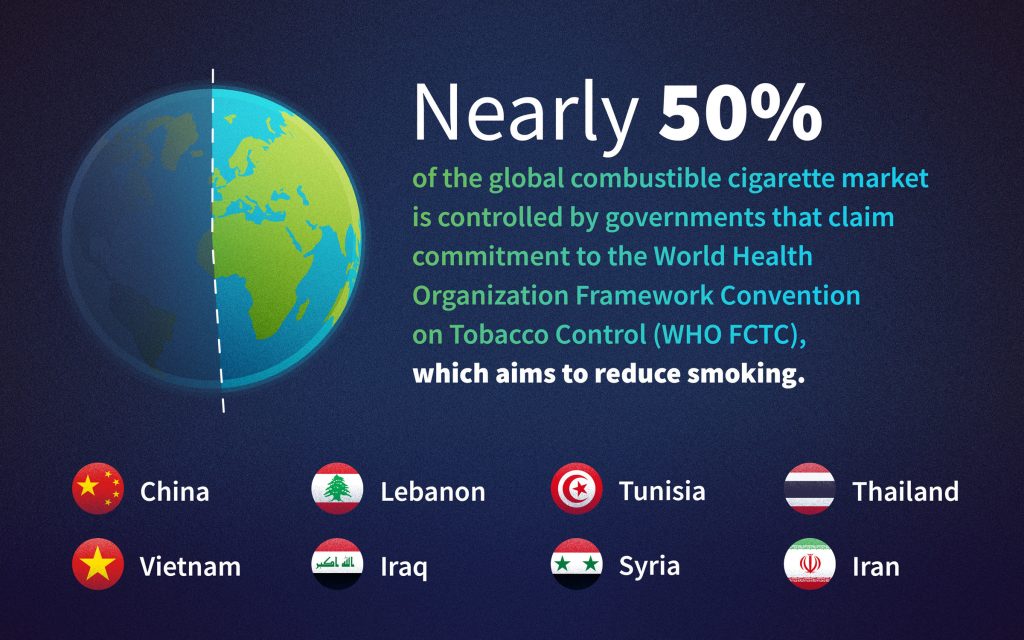

Community programs are instrumental in sustaining smoke-free lives, and this article delves into the vital role they play in promoting healthy habits and reducing smoking prevalence. Imagine a world where everyone has access to the resources and support they need to quit smoking and live healthier lives – a world where communities are actively working together towards this goal. This article explores how community-based programs can facilitate this positive change, providing a clear definition, identifying the challenge, and outlining practical solutions. This exploration will cover the various facets of community programs designed to combat smoking, including their impact, strategies, and examples. By the end of this article, you’ll have a better understanding of the power of community engagement in fostering smoke-free communities.
Understanding the Importance of Community Programs
The Role of Community Engagement
Community programs play a vital role in fostering smoke-free environments by actively engaging communities in the fight against smoking. By addressing the social and economic factors that contribute to smoking habits, such as lack of awareness, lack of access to resources, and social pressures, these programs can provide effective support and encourage positive behavioral change. They focus on equipping individuals with tools and strategies to make informed decisions about their health and well-being. Numerous community programs have demonstrated success in reducing smoking rates. For instance, community-based campaigns aimed at raising awareness about the harmful effects of smoking, often through health fairs, workshops, and community events, have proven highly effective in fostering a supportive environment for smokers who want to quit. Many communities see positive impacts when programs include culturally tailored approaches, recognizing the unique challenges and perspectives of different groups within the community.
Implementing Successful Smoke-Free Programs
Tailoring Programs to Specific Needs
Community initiatives focusing on smoke-free lifestyles must be tailored to meet the specific needs and challenges of the targeted community. To achieve sustainable results, programs need to deeply understand the local context, including cultural norms, economic factors, and existing support systems. In certain communities, smoking might be deeply entrenched in social traditions or economic practices; programs must acknowledge and address these factors to foster lasting change. For example, a program targeting a community with a high unemployment rate might integrate job training and skill development programs, as well as access to affordable healthcare to address the underlying factors promoting smoking behaviors. This holistic approach promotes a healthy community atmosphere and empowers individuals to create positive change in their own lives.
Resources and Support Networks
Building Comprehensive Support Systems
Effective community programs must provide comprehensive resources and support networks to assist smokers in their journey towards quitting. This may include access to cessation therapies, like nicotine replacement therapy, counseling, and support groups, to help manage cravings and address emotional challenges. These programs should also ensure affordable and convenient access to these services to maximize participation and success. Many organizations have successfully implemented peer support programs where individuals share their experiences and provide encouragement. This support can significantly enhance motivation and help maintain abstinence over time. Moreover, these programs must promote access to relevant health services, such as medical check-ups, and ensure a smooth transition for individuals in need of additional medical care.
Long-Term Sustainability
Maintaining Motivation and Support
To achieve lasting results, community programs must focus on long-term sustainability. Building strong, resilient programs requires creating a supportive environment and promoting healthy habits through ongoing community engagement. This involves fostering partnerships with local organizations, community leaders, and health professionals. Effective programs often incorporate ongoing educational campaigns and support systems to reinforce the message of smoke-free living. Studies have shown that communities where programs consistently address smoking issues, integrate education about the harmful effects of second-hand smoke, and support existing local businesses, achieve better long-term results. This holistic approach ensures that the message of a smoke-free community resonates deeply within the community.
Related Post : Effective Strategies Overcoming Nicotine Dependence Challenges
Measuring and Evaluating Impact
Tracking Progress and Outcomes
Evaluation is crucial for understanding the impact of community programs. Tracking smoking rates, assessing public health indicators, and gathering feedback from participants, along with a thorough analysis of the program’s effectiveness is essential for ensuring long-term success. This helps measure the tangible benefits of the initiatives and allows for adjustments in the programs to maximize efficacy and reach. Collecting data through surveys, focus groups, or interviews with individuals directly affected by the programs can provide insights into the effectiveness of different aspects. This allows for continuous improvement and promotes the development of more effective strategies tailored to the local context.
In conclusion, community programs play a crucial role in supporting smoke-free lifestyles. By fostering a supportive environment, providing resources, and promoting healthy habits, these initiatives can significantly reduce smoking rates and improve public health. Individuals, communities, and governments should prioritize and invest in community programs to create a sustainable and smoke-free future. Ready to learn more about community-based smoke cessation strategies? Visit our resource page to get started!